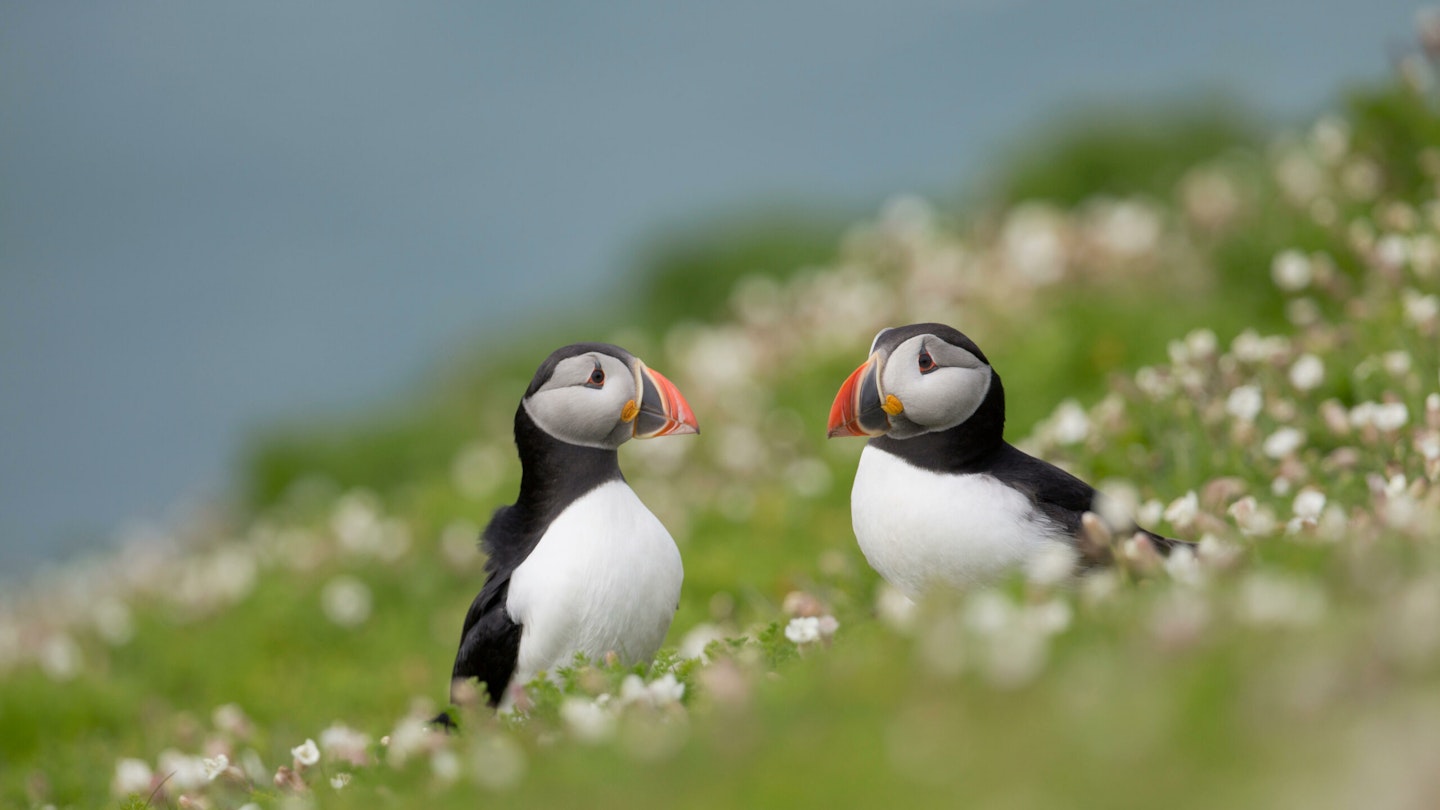The excitement of May has drawn to a close, but the long days of June still invite birders to enjoy some great action. Here are five brilliant birds to enjoy this month.
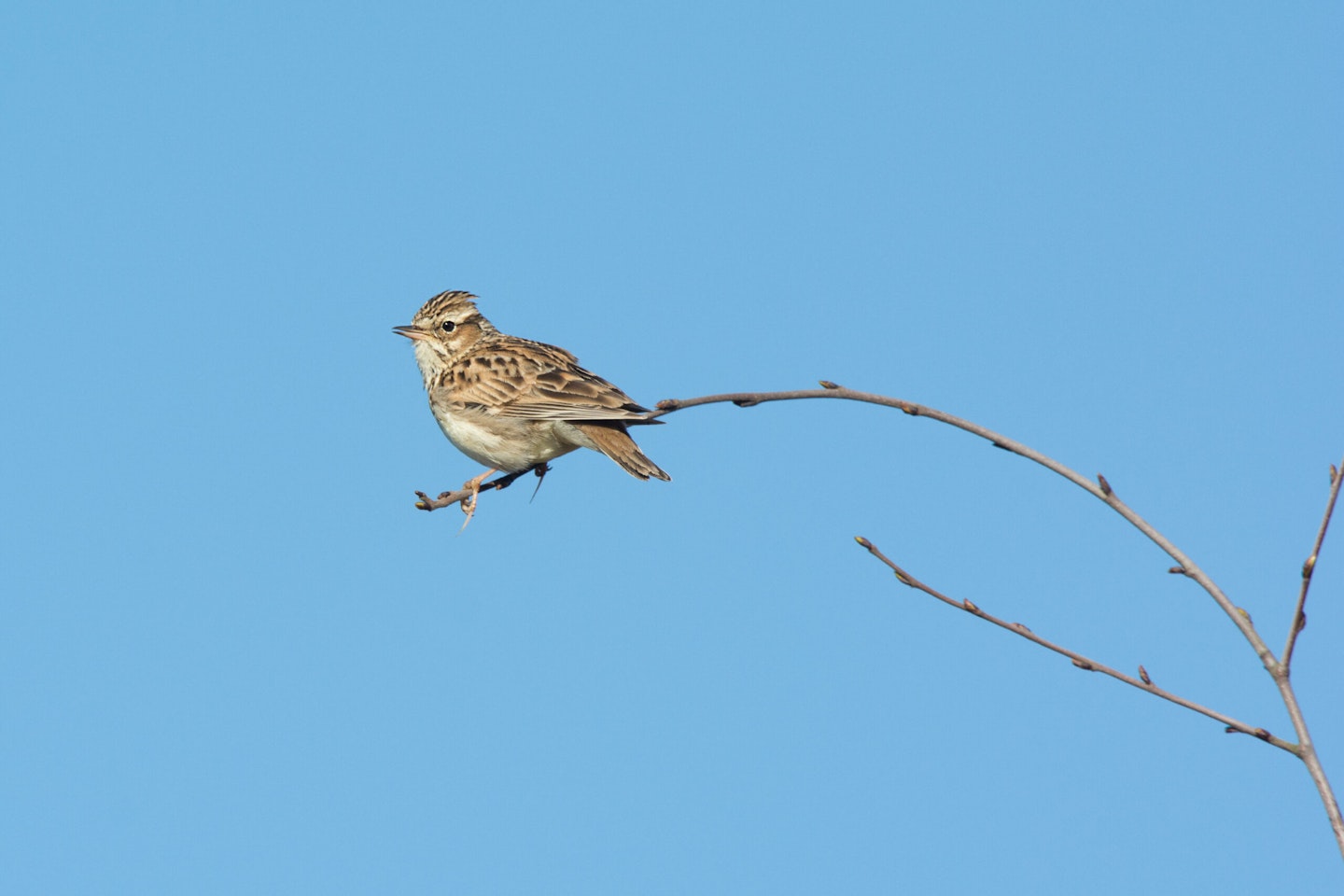
Wood Lark
The Wood Lark is a highly localised bird in the UK, with most breeding taking place in heathlands of the south and east of England. There are an estimated 2,300 nesting pairs in the country. Despite the name, these are not woodland birds in the sense that most of us think of woodland, preferring more open country, though with some trees. They are more arboreal than other larks (which in the UK at this time of year, means than Sky Larks), readily perching in trees and bushes as well as on overhead wires, all of which can be launch pads for their song flight (which is a shorter affair than the Sky Lark’s prolonged hover). The song is a beautiful series of fluty notes on a descending scale. Wood Larks are smaller than Sky larks, with shorter tails, blunter wings and a bolder , longer pale supercilium (line above the eye).
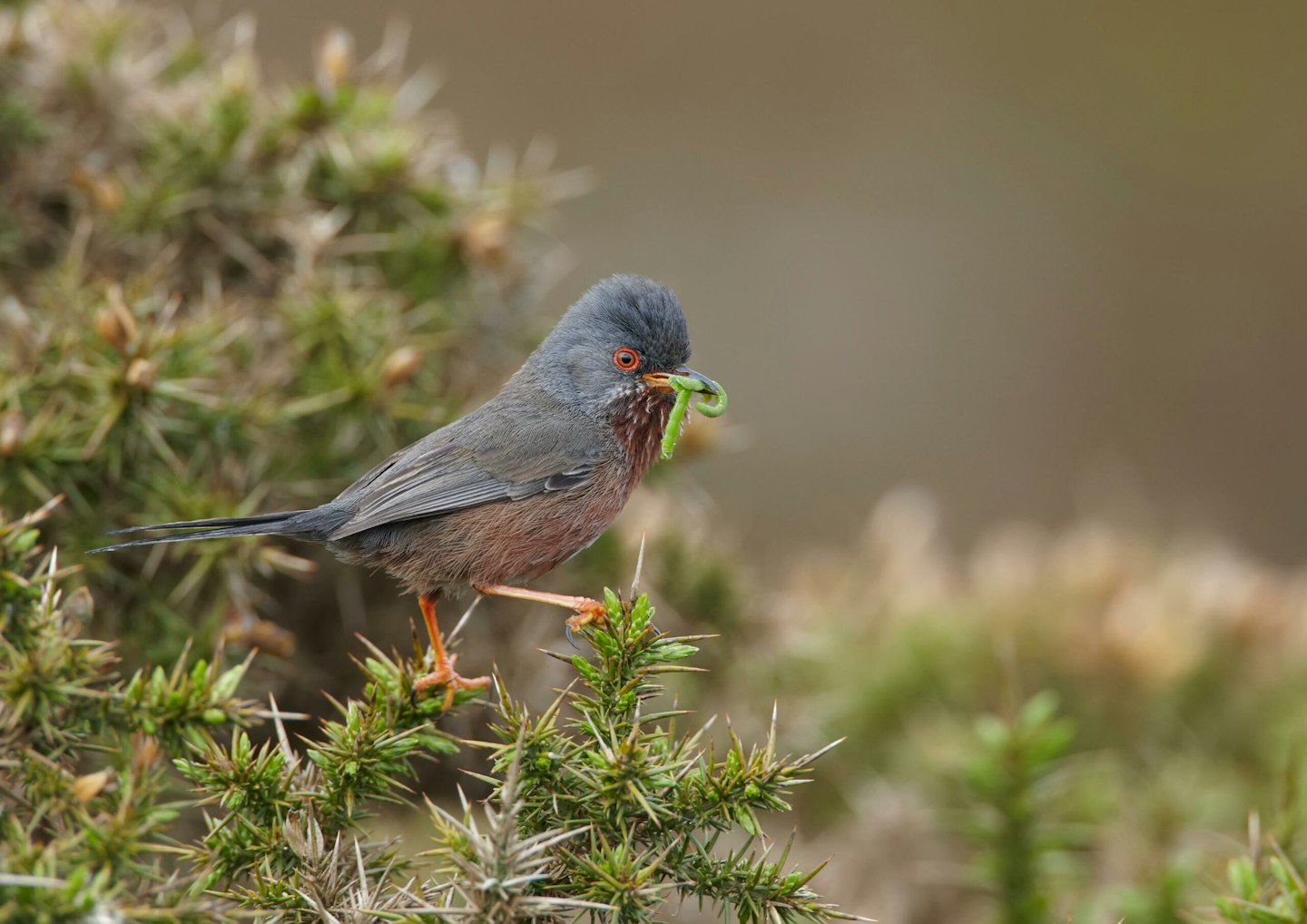
Dartford Warbler
Like the Wood Lark, the Dartford Warbler is a small bird of heathland from the southern half of the country, and even has a similarly sized breeding population of 2,200 pairs. Dartford Warblers are small Sylvia Warblers, with long tails and short wings, like the warbler equivalent of a Long-tailed Tit. The plumage is the darkest of any of our warblers, lead grey above, vinous red below (in the male; duller in the female), with a red eyering and lacking the obvious white outer tail feathers of the somewhat similar Whitethroat (instead showing a subtle whitish outer edge to the outer tail feathers).They are pretty shy birds, spending much time in dense gorse or heather cover. But they will come to the surface for a brief flight or a spot of scratchy warbling.
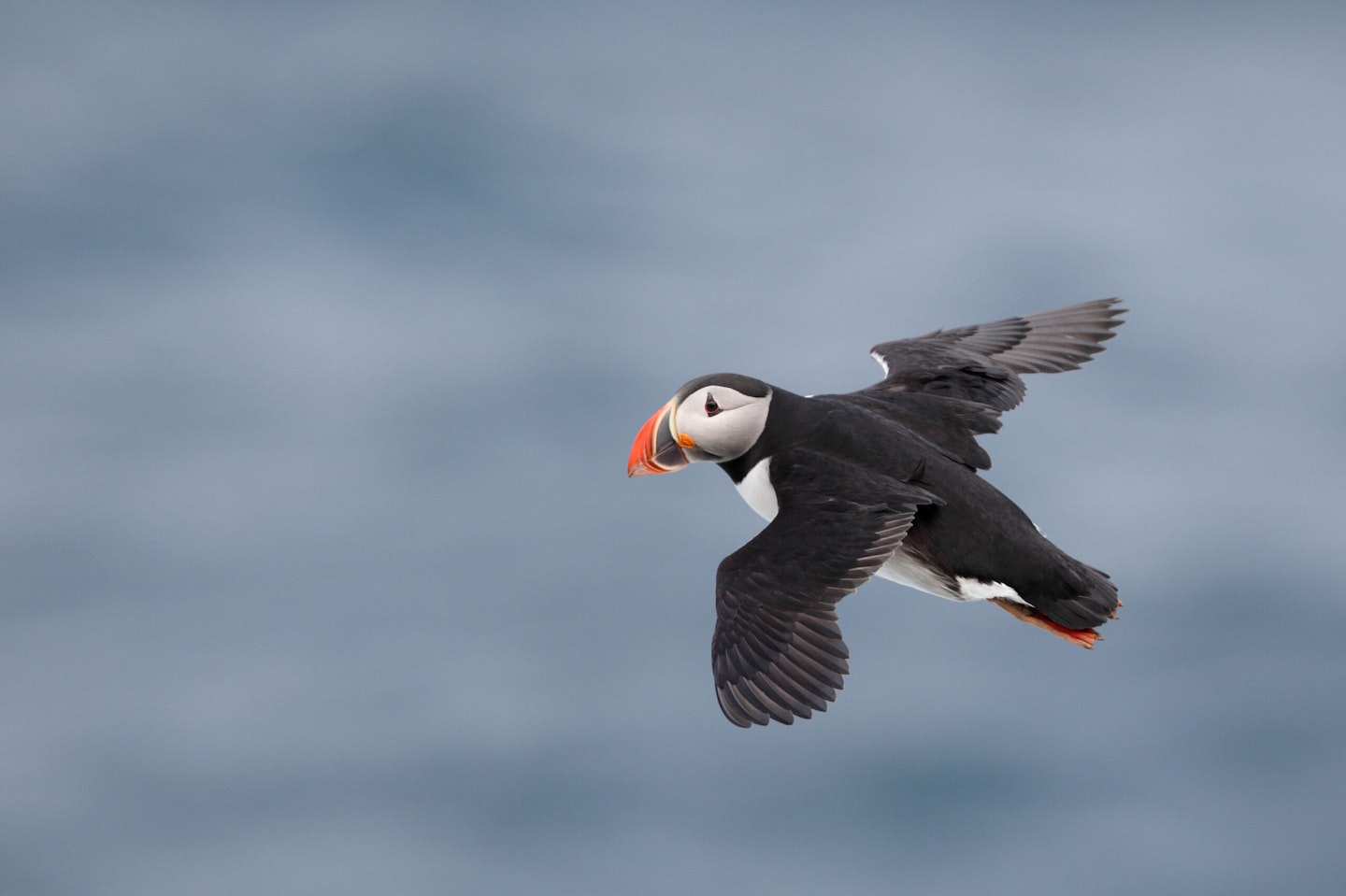
Puffin
It goes without saying that everybody loves Puffins. They are spectacularly charismatic. But, for most of us, they need a special effort to go and see them at their clifftop (or cliff itself) nesting grounds (where they will be in midsummer). Of course one bonus of going to see these magnificent auks is that they are usually in the company of more magnificent auks (Guillemots and Razorbills, for instance) as well as other cliff-nesters like Fulmars and Kittiwakes, all of which are best seen up close and personal on a visit to a seabird city. Every birder should have at least one visit to a seabird city as part of their annual agenda.
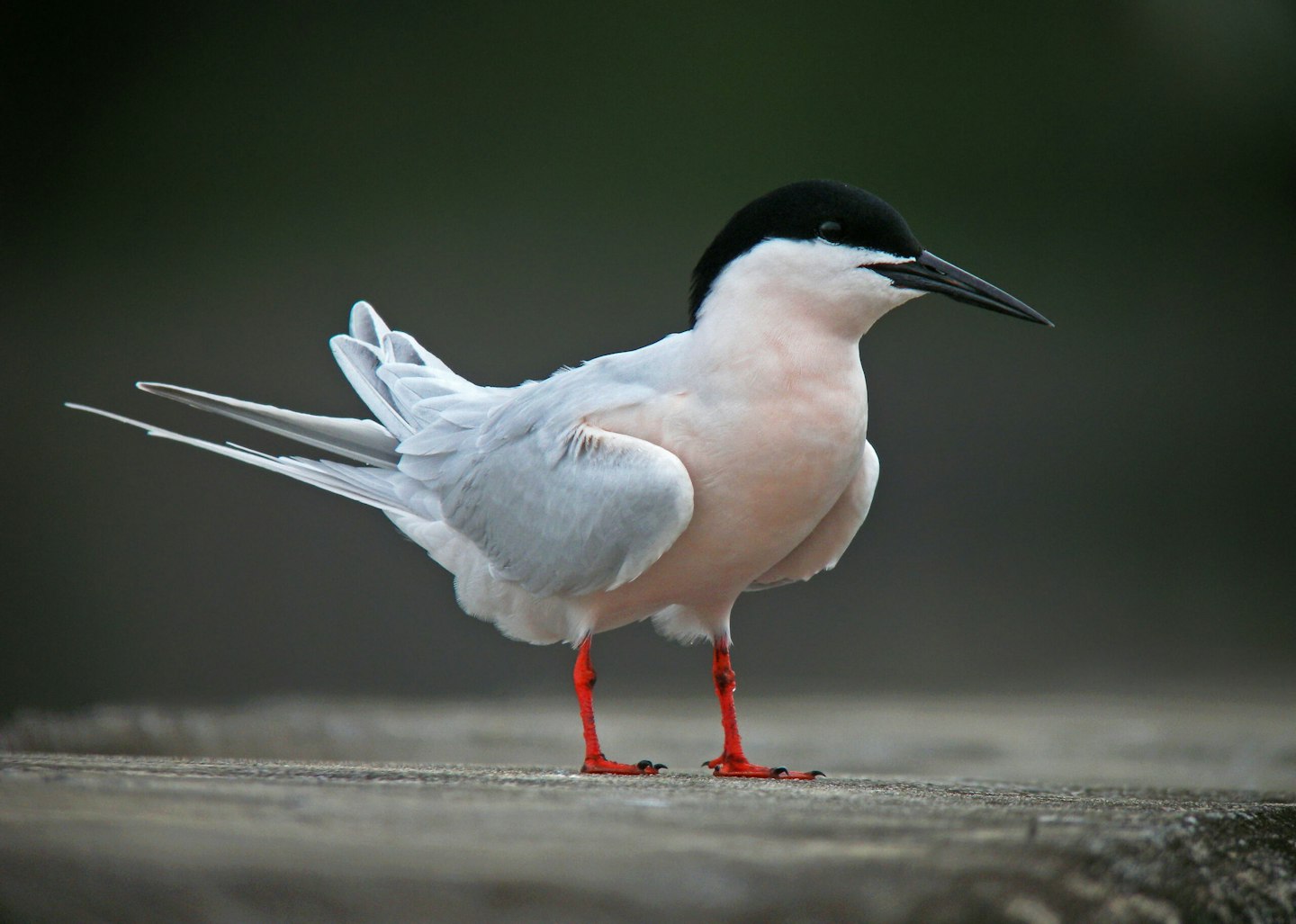
Roseate Tern
Probably our rarest regularly nesting seabird, there are only about 100 pairs of Roseate terns in the country. They are coastal nesters at a very few sites including the famous Coquet Island, Northumblerland, with less regular breeding at sites such as Cemlyn Bay, Anglesey and Larne Lough, Co. Antrim. Roseate Terns take the paleness and long tail streamers of Arctic Terns to new extremes, adding a pale pink flush to the white underparts and a long red-based black bill and a dark wedge in the primaries as their own particular features. A rare treat.
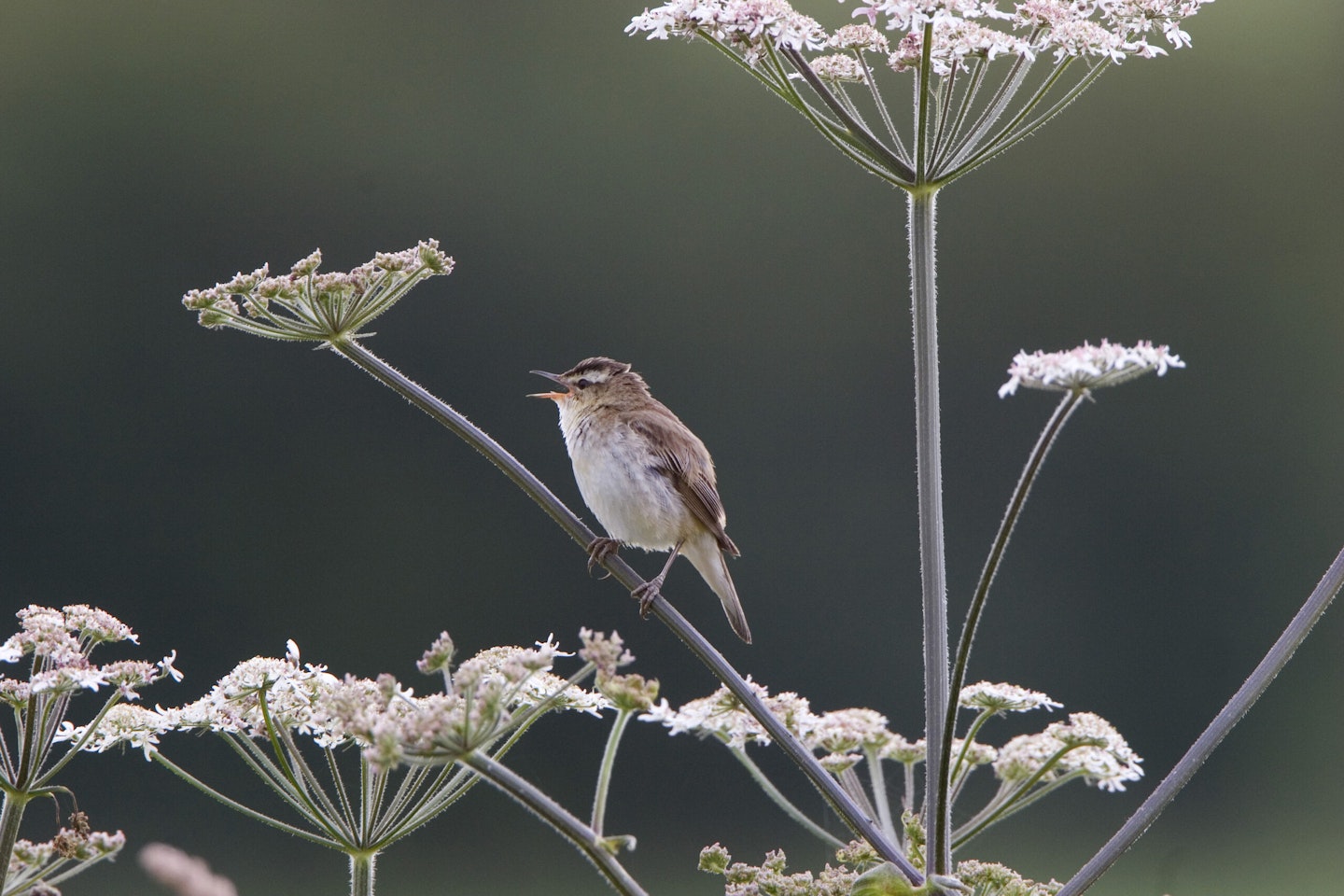
Sedge Warbler
The streaky little Sedge Warbler is one of the great underrated songsters of the British spring and summer. They are common warblers, with a quarter of a million breeding pairs, mostly found near water (they are reed lovers). Perhaps the most striking plumage feature is the wide and long pale buff supercilium (‘pale ‘eyebrow’). But before you see that you will probably hear the singing bird, rattling off a varied, irregular, excited continuous blast of excitable notes and warblers mixed up with a certain amount of mimicry (altogether less regularly paced than the somewhat similar-toned Reed Warbler song). The song may even come in a short arcing song flight.
